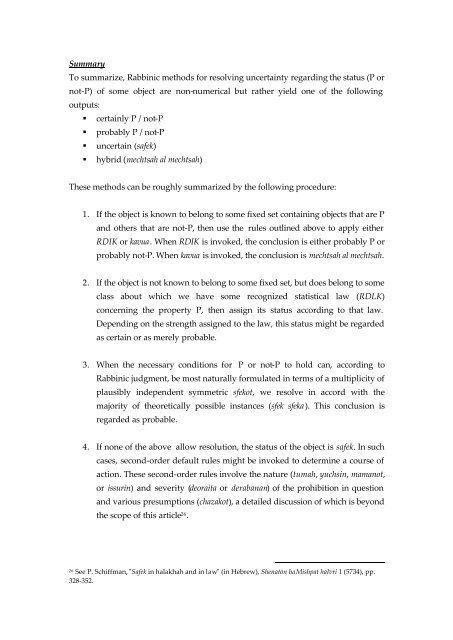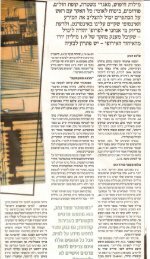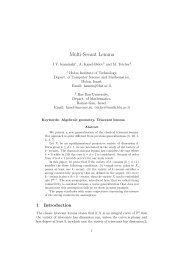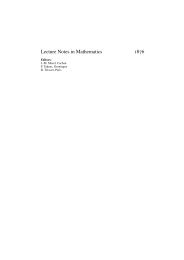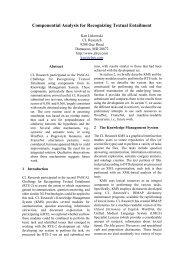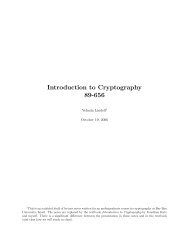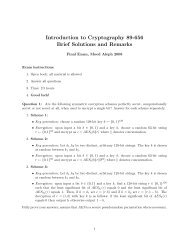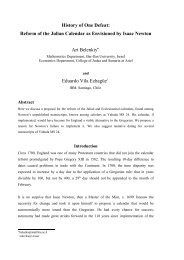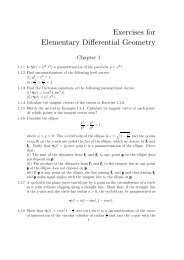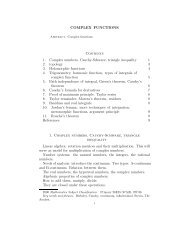Resolving Uncertainty: A Unified Overview of Rabbinic Methods
Resolving Uncertainty: A Unified Overview of Rabbinic Methods
Resolving Uncertainty: A Unified Overview of Rabbinic Methods
You also want an ePaper? Increase the reach of your titles
YUMPU automatically turns print PDFs into web optimized ePapers that Google loves.
Summary<br />
To summarize, <strong>Rabbinic</strong> methods for resolving uncertainty regarding the status (P or<br />
not-P) <strong>of</strong> some object are non-numerical but rather yield one <strong>of</strong> the following<br />
outputs:<br />
• certainly P / not-P<br />
• probably P / not-P<br />
• uncertain (safek)<br />
• hybrid (mechtsah al mechtsah)<br />
These methods can be roughly summarized by the following procedure:<br />
1. If the object is known to belong to some fixed set containing objects that are P<br />
and others that are not-P, then use the rules outlined above to apply either<br />
RDIK or kavua. When RDIK is invoked, the conclusion is either probably P or<br />
probably not-P. When kavua is invoked, the conclusion is mechtsah al mechtsah.<br />
2. If the object is not known to belong to some fixed set, but does belong to some<br />
class about which we have some recognized statistical law (RDLK)<br />
concerning the property P, then assign its status according to that law.<br />
Depending on the strength assigned to the law, this status might be regarded<br />
as certain or as merely probable.<br />
3. When the necessary conditions for P or not-P to hold can, according to<br />
<strong>Rabbinic</strong> judgment, be most naturally formulated in terms <strong>of</strong> a multiplicity <strong>of</strong><br />
plausibly independent symmetric sfekot, we resolve in accord with the<br />
majority <strong>of</strong> theoretically possible instances (sfek sfeka). This conclusion is<br />
regarded as probable.<br />
4. If none <strong>of</strong> the above allow resolution, the status <strong>of</strong> the object is safek. In such<br />
cases, second-order default rules might be invoked to determine a course <strong>of</strong><br />
action. These second-order rules involve the nature (tumah, yuchsin, mamanot,<br />
or issurin) and severity (deoraita or derabanan) <strong>of</strong> the prohibition in question<br />
and various presumptions (chazakot), a detailed discussion <strong>of</strong> which is beyond<br />
the scope <strong>of</strong> this article 26 .<br />
26<br />
See P. Schiffman, "Safek in halakhah and in law" (in Hebrew), Shenaton haMishpat haIvri 1 (5734), pp.<br />
328-352.


